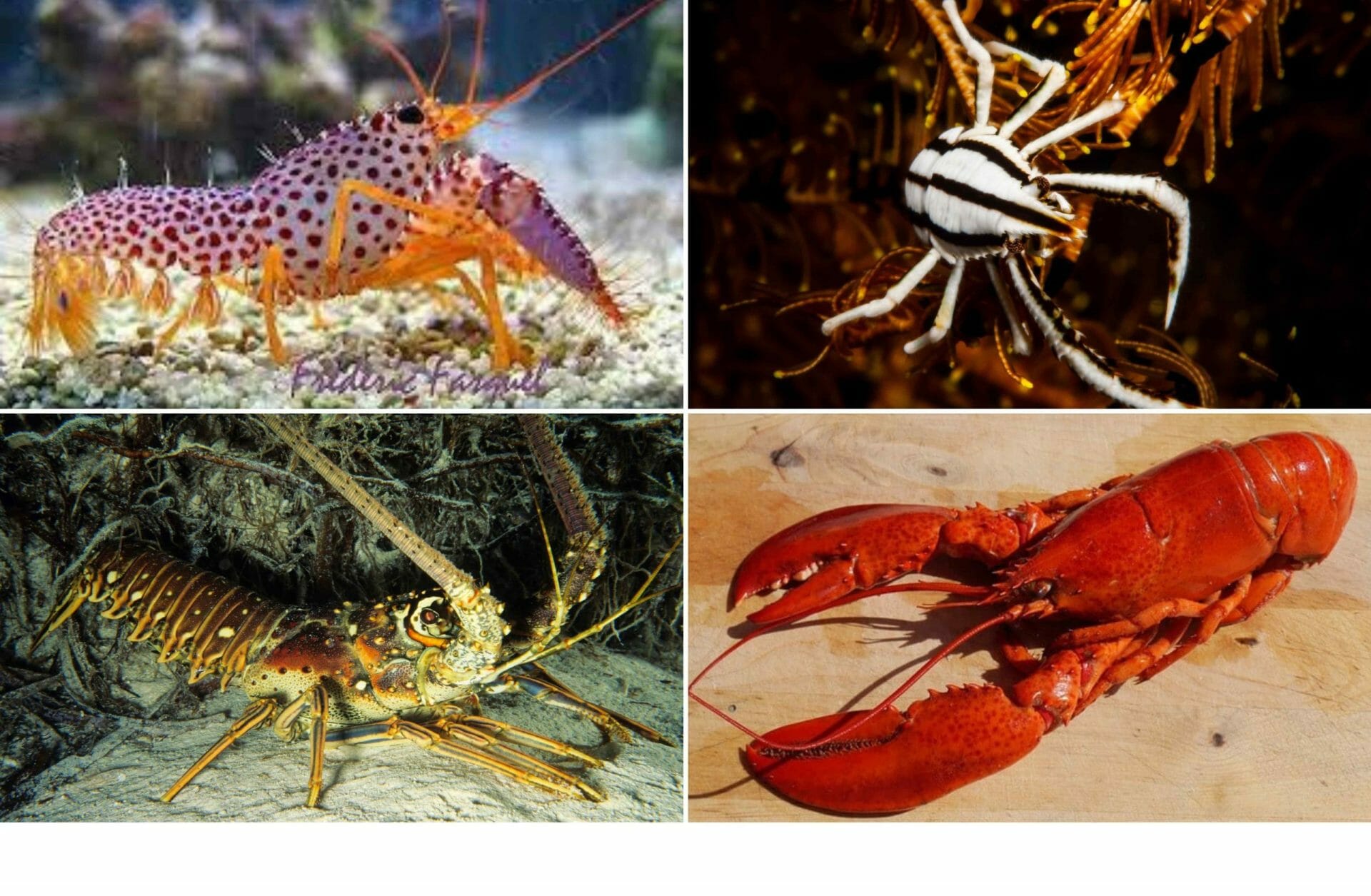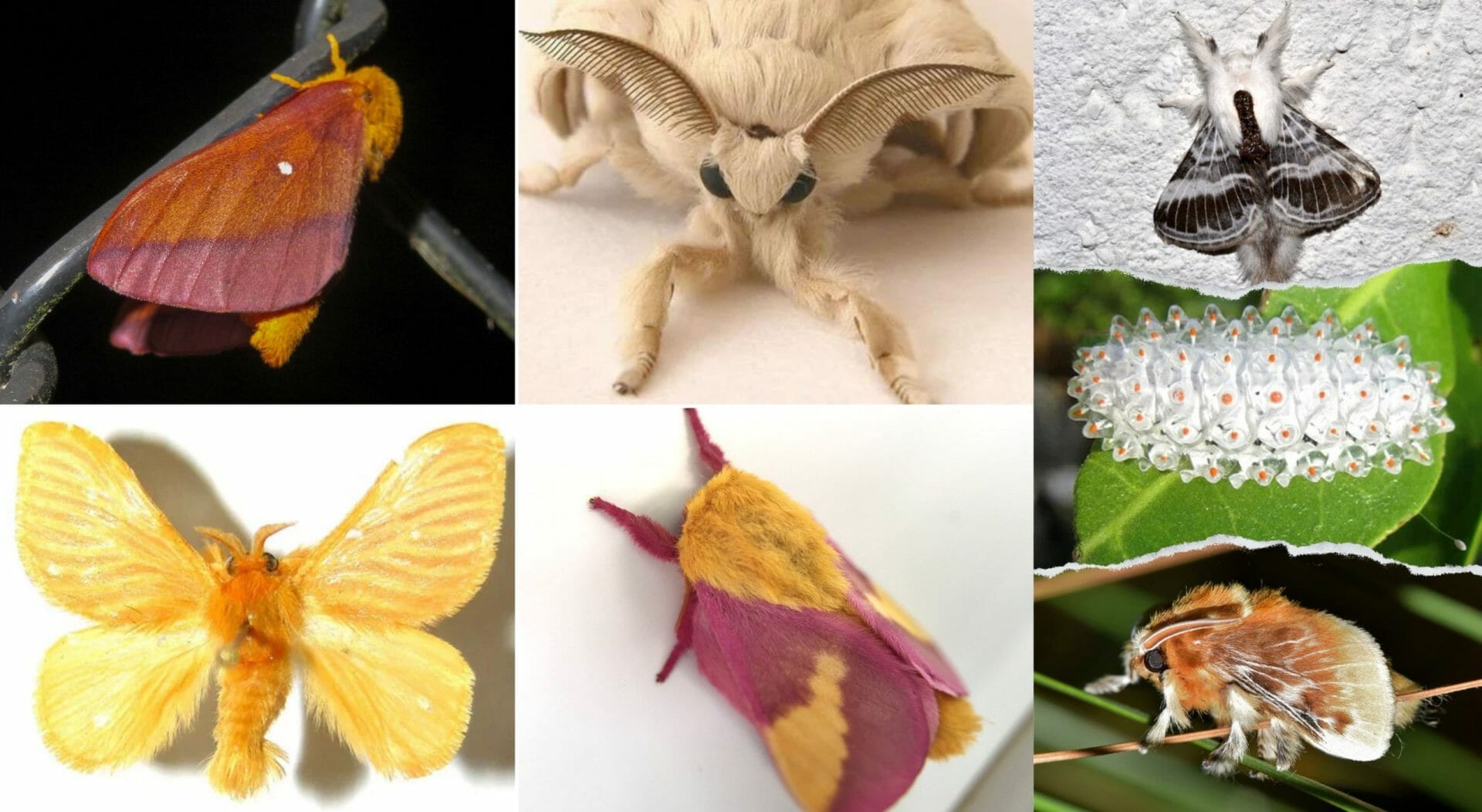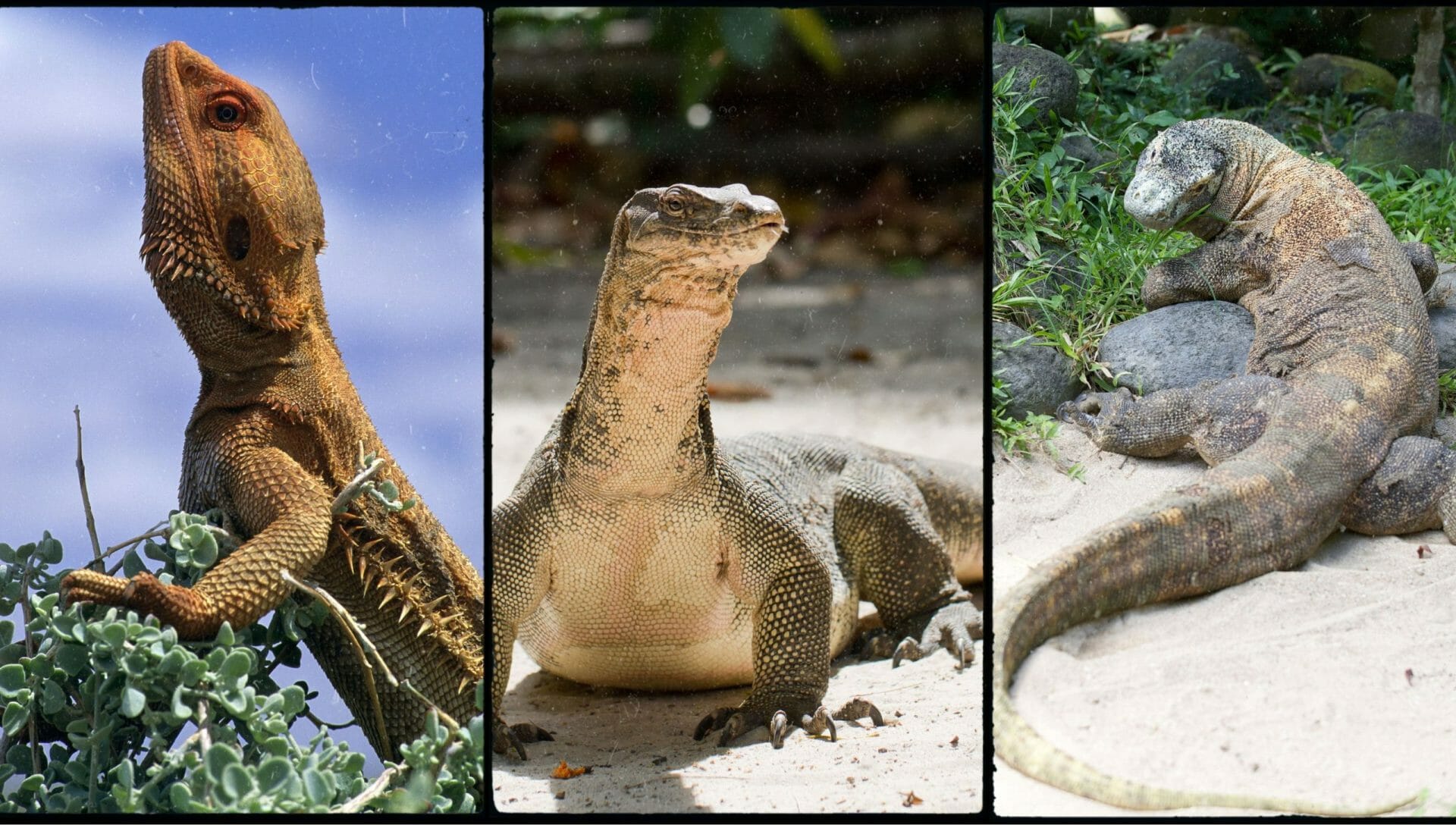Want a Pet Lobster at Home? (Know All Facts)
In the Northeast, lobsters are pretty standard. You can find restaurants that serve them with just about any meal; even the fast-food joints have some sort of lobster offering in the spring and summer months. But some people choose to keep their lobsters out of the pot, and with good reason — these little guys make pretty quirky pets and aren’t much more challenging to care for than other marine crustaceans.
What is the Species of Lobster?
There are many different species of lobster, but there are only about four species that do well in a tank setting versus their natural habitat. These includes:
Debelius lobster:
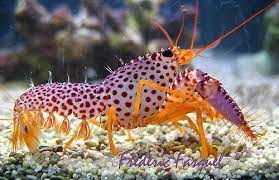
Debelius lobster is a colorful addition to the aquarium displays. It has a white to the lavender body, with orange and violet spots. Build the tank with a decent gravel bed to allow him to burrow in.
They also like hiding in rocks, so provide plenty of those. Hideouts are also crucial after molting because they feel a little unsafe and will need to hide away most of the time.
Feather star squat lobster:
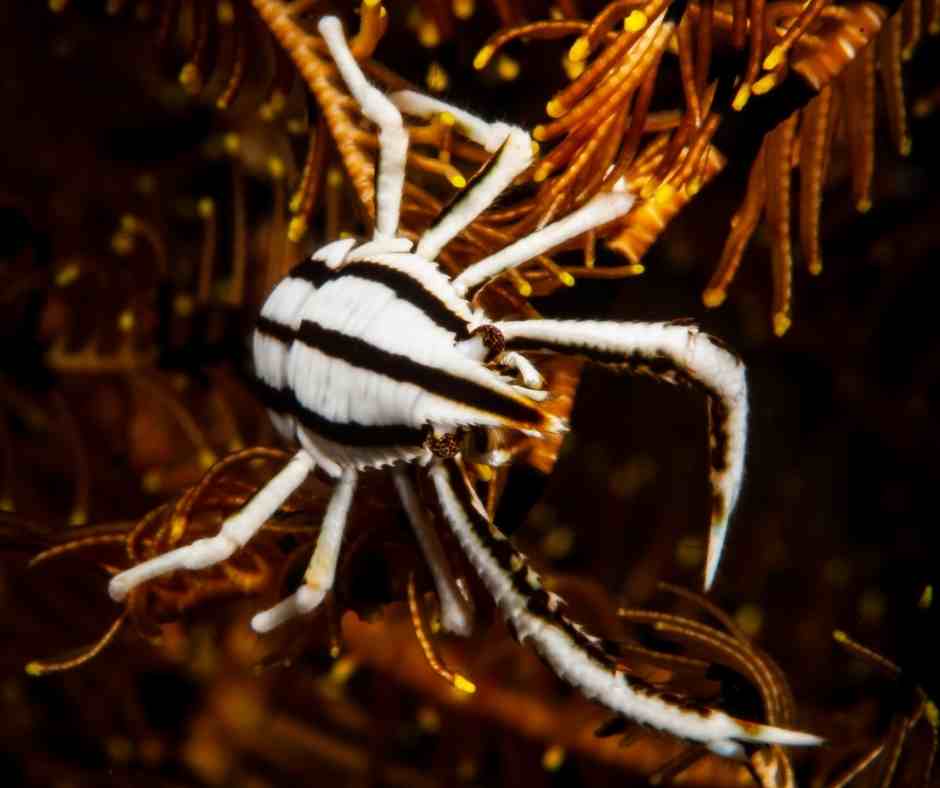
If you are shopping around for a more undersized lobster to flaunt in your marine aquarium, the feather star is something I would recommend. They don’t grow over 2 cm long. It can be uniform and varied from dark red, blackish-purple, orange, or brown.
But generally, the observed animals have longitudinal stripes whose thickness, number, and tint vary.
Red lobster:
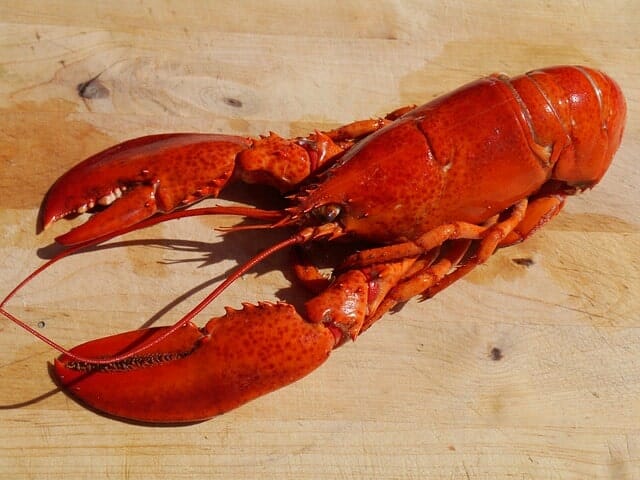
These are a bit small, growing only up to 5 inches long. They are predominant in North America where they are known to be extremely good survivors. With a pretty shallow pond that contains only a small amount of substrate to burrow in, you can keep red lobsters as pets. The tank setup should provide adequate room because these little crustaceans are very territorial.
According to Drs. Foster and Smith, try to aim for 40 gallons per red lobster to reduce fights and possible cannibalism. Provide enough rocks for the lobster to hide.
Spiny lobster:
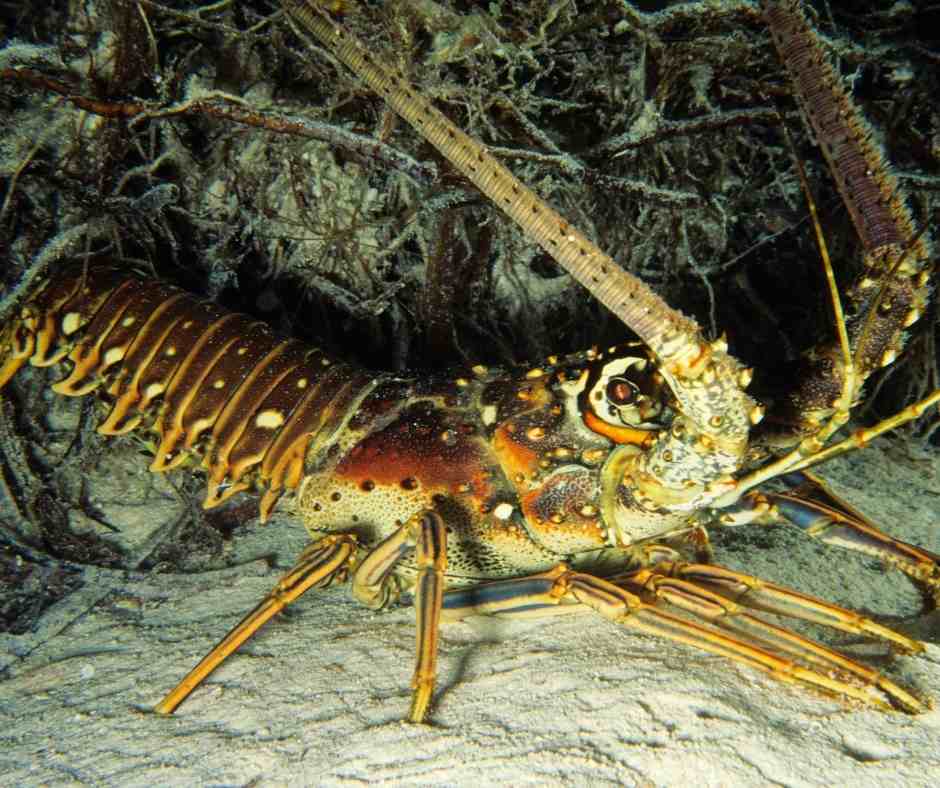
They have very long, thick, spiny antennae and lack chelae (claws) on the first four pairs of walking legs. These features distinguish them from common lobsters. The blue spiny lobster is also an exciting pick you could keep.
However, the feeding habits may be too demanding since they tend to feed endlessly as they grow (usually up to 24 inches long).
Keep in mind each type of lobster comes with its own set of requirements. Cold-water lobsters need a colder environment. Some need a lot of space. Some make a lot of waste. Some are going to eat every other animal you have in that tank. Do your research carefully before diving into keeping lobsters as pets.
Do You Need Space to Keep a Lobster at Home?
Almost all lobsters need some elbow room. In short, lobsters will fight over space. If you plan on having more than 1, you’re going to need a more extensive, uh, tank. Drs. Foster & Smith recommend a tank no smaller than 50 gallons for one little red lobster. If you are thinking of getting pet lobsters, first, be sure you have the space for their tank setups. Lobsters are rarely cannibalistic in the wild, according to the Pictou-Antigonish Regional Library’s page on the American lobster. Only in captivity has this behavior been observed regularly. Any other animals in the tank are fair game for your lobsters, and that includes fish and shellfish.
What’s the Companionship Scale of a Lobster?
Lobsters are not the type to pine away for a companion. In their natural habitat, lobsters tend to be solitary and prickly creatures. Even mating isn’t meant to last forever — just for a few days until the deed is done. Once the female has been fertilized, she moves on to allow her shell to harden (she molts just before mating) and lays her eggs while the male entertains other females in the area. If you want more than one lobster, try putting a mesh screen inside your tank. This way, you can keep the water temperature and pH levels the same but keep your lobsters separate.
What is the Diet of a Lobster?
Again, this varies between species of lobster. In the wild, lobsters eat a wide variety of sea life, including oysters, clams, mussels, fish, starfish, and more. So, for example, spiny lobsters — a popular tank species — need a combination of pellets and different types of seafood to survive. Pellets containing vegetation-type material can be purchased from local pet shops.
What is the Life Span of a Lobster?
Not much is known about lobster longevity in captivity. In the wild, lobsters can live to be over 100 years old. One lobster got another chance at life due to his age: At 20 pounds, 140-year-old “George” was released into the wild after PETA pleaded on his behalf.
What to Feed Lobster?
Most saltwater lobsters usually feed on crabs, small fish, and shrimp. However, if you are keeping a lobster pet, introduce food that sinks to the bottom of the tank where they like dwelling. Get the lobster freeze-dried brine shrimp, bloodworms, and tubifex worms. Sinking shrimp pellets are an excellent choice.
Some such as the cobalt blue lobster are scavengers and can feed on just about anything found at the bottom of the tank. Therefore, you can introduce any food remains, pellets, fish flakes, and live plants into the tank.
What Care Should You Take When Bringing a Lobster Home?
The general care guidelines may apply in most cases, but it is essential to dig deep and learn the specifics of each of these types of pet lobsters. Some species are seriously destructive and can quickly destroy anything and everything in the tank, including feeding on other small animals and fish you may have kept as tank mates. Setting up the tank will depend on the lobster you keep as your pet. If you choose the electric blue lobster, the aquarium will need fresh water. Most other lobsters are saltwater animals, so be careful not to mix up.
Create a lot of room in the tank since these little creatures are very territorial. They can easily turn cannibalistic if congested in the tank. Put plenty of rocks, plants, and three-sided objects in the tank. Crayfish and lobsters like to hide away from the light, so this will help them a lot.
A good amount of sand and gravel will also provide enough material for your pet lobster to burrow and hide under. Lobsters are escape artists, so ensure that you seal off any areas of the fish tank where they can escape from. Live plants may not survive for so long in the tank because the pet will eat them up. Turn the lights off because the little creatures are nocturnal and prefer to be active at night.
Tankmates can only include fast-moving fish. Your lobster will attempt to swipe at any fish or bottom dwellers, especially if they are slow-moving. If you want to keep several lobster pets, you may need to create a lot of space for their tanks. However, one tip I would recommend is to use a mesh screen in the tank to separate the inhabitants and prevent fights.
What is the Lifespan of a Lobster as a Pet?
The lifespan of a lobster as a pet is not yet known, but some sources indicate that for European lobsters, the male ones live for about 34 years while female ones live up to 54 years. Other sources indicate that some species can live for as long as 100 years before dying.
Do lobsters need to be Kept in Pairs?
There is no need for tank mates. Lobsters are loners and like to keep it that way. You can introduce a female lobster into the male’s tank once she molts. It is the only time she is ready to mate and fertilize her eggs. Once that is done, move her back to her tank to lay eggs and wait for her shell to harden again.
In addition, do plenty of research before you opt to keep a lobster as a pet. Each species may require different care methods, so generally, stuff may not apply to each one of them.
How to Keep Lobster as a Pet in Home?
Lobsters are marine crustaceans that thrive in cold saltwater. Their meat is a delicacy, with global sales reaching nearly one billion dollars each year. Although most people like to buy fully cooked lobsters at restaurants, others prefer to cook lobsters at home after raising them in a tank.
You can keep lobster in a tank, but there are many rules to follow to keep them alive and healthy.
Set up the tank according to the manufacturer’s instructions. Paying close attention to setting up the tank will ensure a healthy environment for your lobsters for years to come.
In general, you will need a pump to circulate the water, a refrigeration unit to keep the water at 40 to 45 degrees Fahrenheit, a filter to remove insoluble matter from the tank through the use of carbon bags, and a bio-wheel to remove ammonia and nitrate, harmful substances that can kill lobsters.
Related Posts
- 21+ Best Brown Cat Breeds You Should Know
- Want a Pet Lobster at Home? (Know All Facts)
- Why is My Cat Twitching in His Sleep?
- What Smells Deter Cats From Peeing? (It May Surprise You)
- Why Do Cats Scream When Mating? (This May Surprise You)
- Why Are My Cats Ears Hot? (Everything You Need To Know)
- Why Does My Dog Keep Sneezing?
- What Colors Can Cats See? (Everything You Need To Know)
- Why Do Cats Chase Their Tails? (The Fact May Surprise You)
- Why Do Cats Like Fish? (The Fact May Surprise You)
